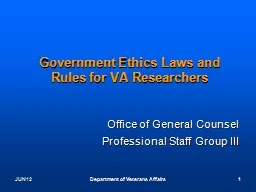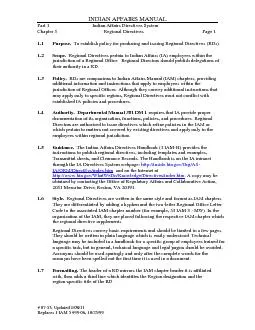PPT-Government Affairs Update
Author : ellena-manuel | Published Date : 2018-03-07
Wisconsin Chapter June 21 2017 Neil Reichenberg Executive Director IPMAHR Overview Republicans control the executivelegislative branches of the federal government
Presentation Embed Code
Download Presentation
Download Presentation The PPT/PDF document "Government Affairs Update" is the property of its rightful owner. Permission is granted to download and print the materials on this website for personal, non-commercial use only, and to display it on your personal computer provided you do not modify the materials and that you retain all copyright notices contained in the materials. By downloading content from our website, you accept the terms of this agreement.
Government Affairs Update: Transcript
Download Rules Of Document
"Government Affairs Update"The content belongs to its owner. You may download and print it for personal use, without modification, and keep all copyright notices. By downloading, you agree to these terms.
Related Documents














